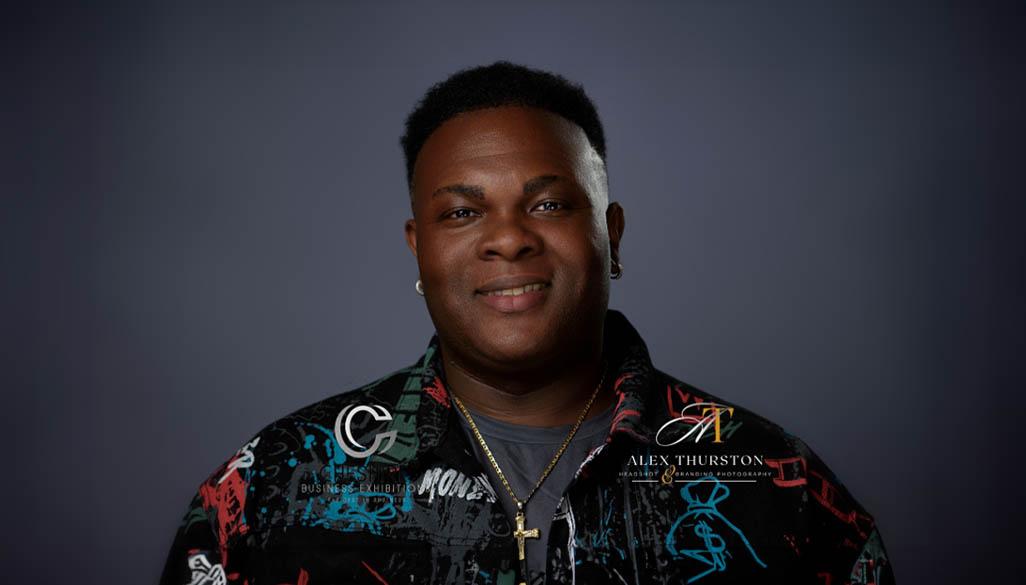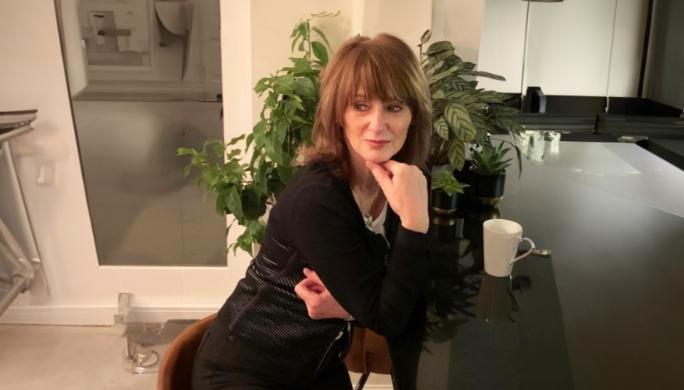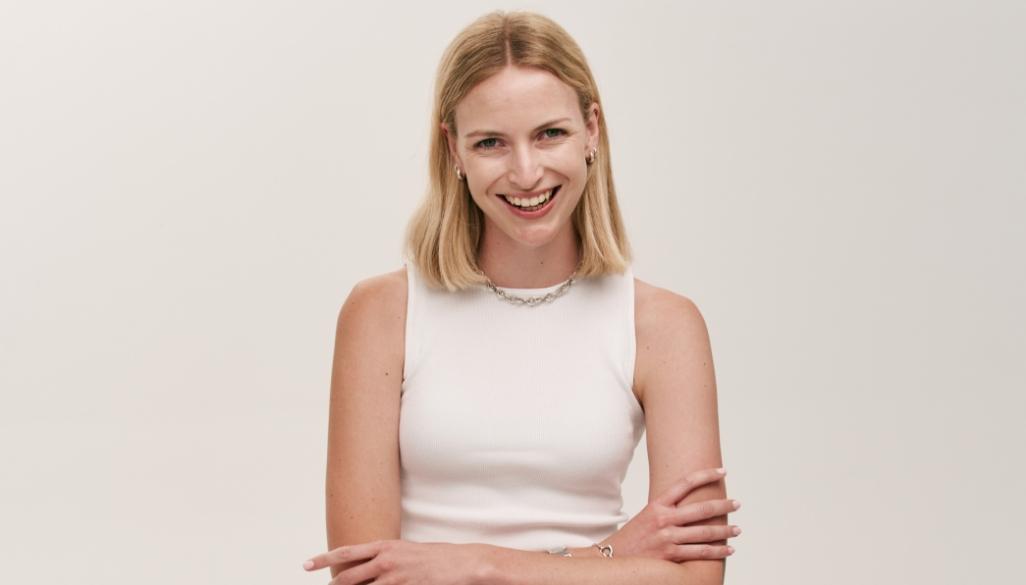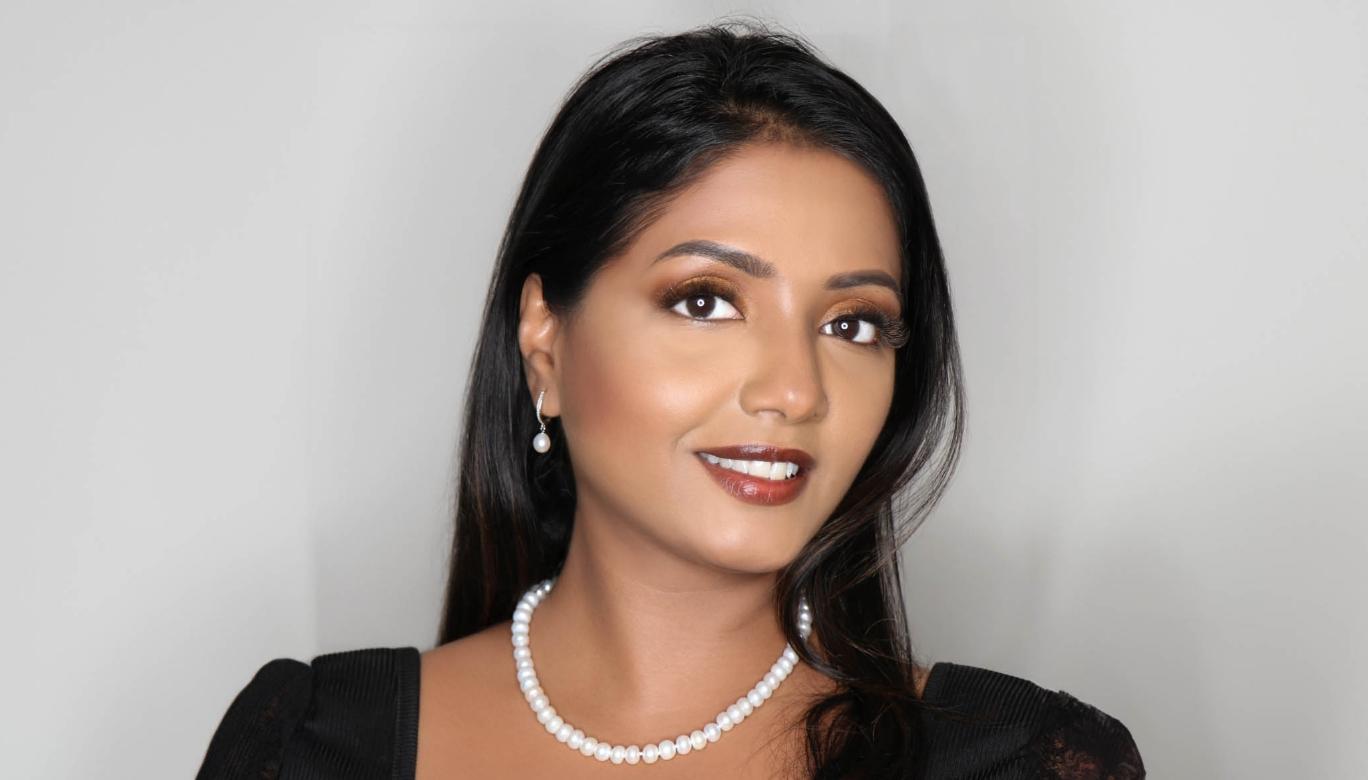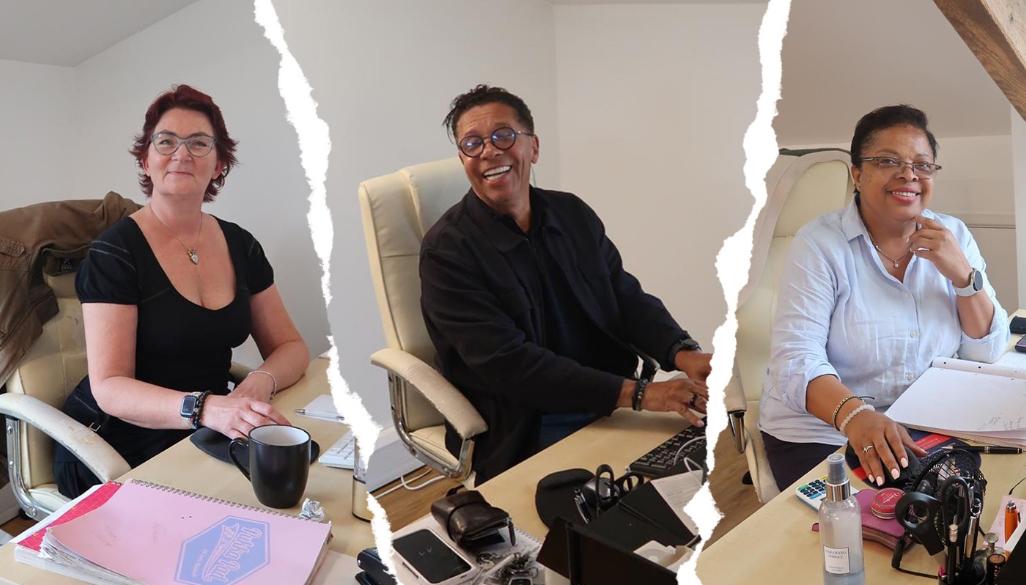Menswear Still Has a Size Problem Big Men, Small Options: Fashion’s Blind Spot
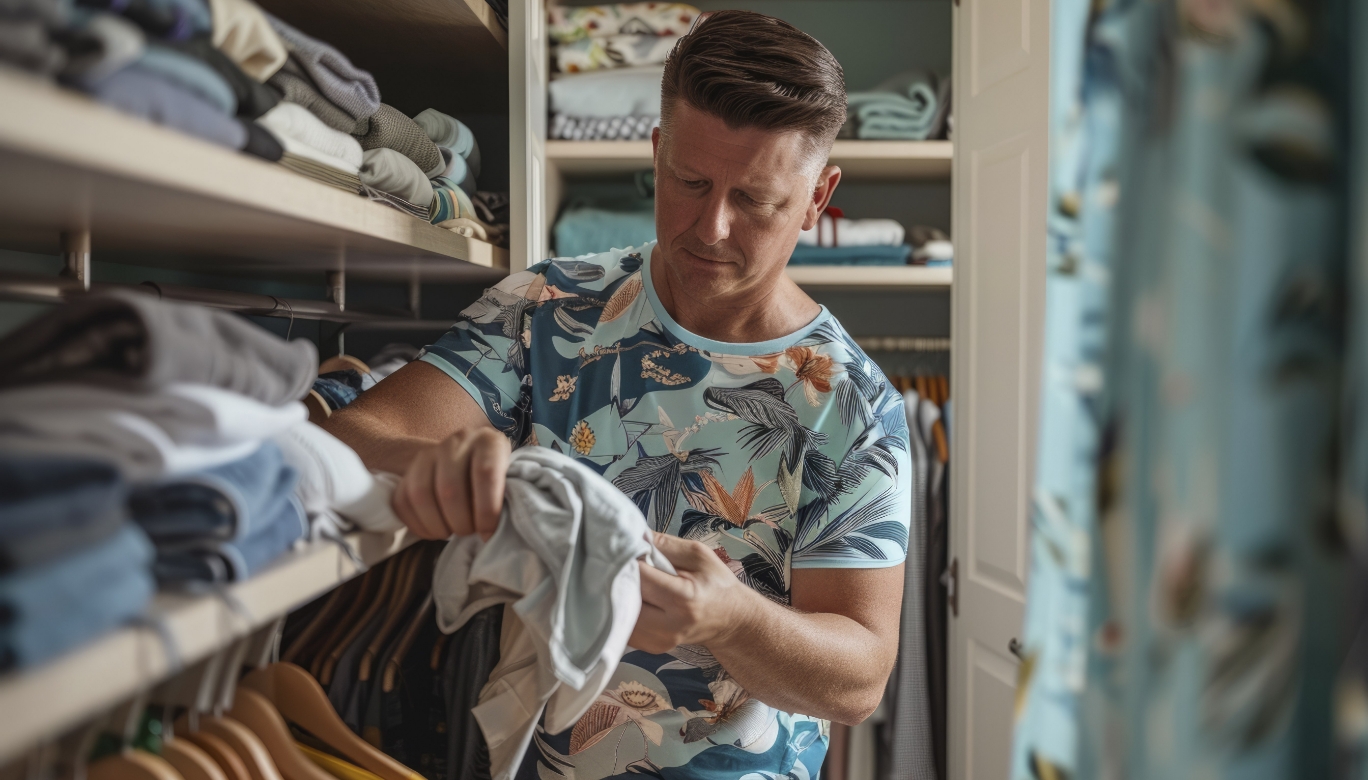
In recent years, the fashion industry has made considerable progress towards inclusivity, particularly within women’s wear. Campaigns featuring diverse body shapes, sizes and ethnicities have become more common, and the rise of plus-size models has challenged long-standing norms. Yet, when it comes to menswear, the picture looks very different. Bigger-bodied men remain largely invisible on runways, in advertising, and crucially, in the clothes available to buy. This persistent gap points to a blind spot that the fashion world has yet to fully confront.
Walk into most high street stores or browse online men’s fashion retailers and the reality becomes clear. The size ranges tend to stop well before what many men actually wear. For those above a medium or large, the options rapidly shrink and are often reduced to shapeless hoodies, loose tracksuits or ill-fitting garments that prioritise comfort over style. The carefully tailored, trend-conscious pieces that define modern menswear frequently fail to extend beyond the traditional ‘sample size’, leaving larger men sidelined.
The problem is twofold. First, sizing itself is a challenge. Many brands don’t offer true extended sizes, and when they do, the design is often compromised. Instead of simply scaling up a garment, designers tend to change the cut entirely. A sharp blazer in a medium becomes boxy and shapeless in larger sizes, stripping away the style that the smaller size promised. The message this sends is subtle but clear: fashion is designed for certain bodies, not all.
Second, there is a significant lack of representation. While the fashion world has celebrated plus-size women like Paloma Elsesser and Tess Holliday, male models of bigger size remain a rarity. Men like Zach Miko and Steven G have started to break this barrier, but their presence is still the exception rather than the norm. This lack of visibility means that many bigger men rarely see themselves reflected in fashion imagery, further reinforcing a feeling of exclusion.

This exclusion matters. Clothes are more than fabric; they are a means of self-expression and confidence. When menswear fails to cater to all sizes, it sends an unspoken message that some bodies are less worthy of style or attention. This can affect self-esteem and contribute to broader social stigmas around body image for men.
The demand for change is growing. More men are speaking out, calling for greater inclusivity and better quality options at all sizes. Some independent brands and online retailers have begun to address this gap, offering stylish pieces designed with a full range of bodies in mind. However, for real progress, the wider fashion industry must catch up.
Inclusivity cannot stop at gender; it must embrace all body types. For menswear to truly evolve, it needs to offer clothing that fits well, looks good and empowers every man regardless of size. Until then, bigger-bodied men will continue to face limited choices, and the fashion world will remain blind to a significant portion of its audience.
It’s time for the industry to recognise that style is for everyone and that includes every size.








